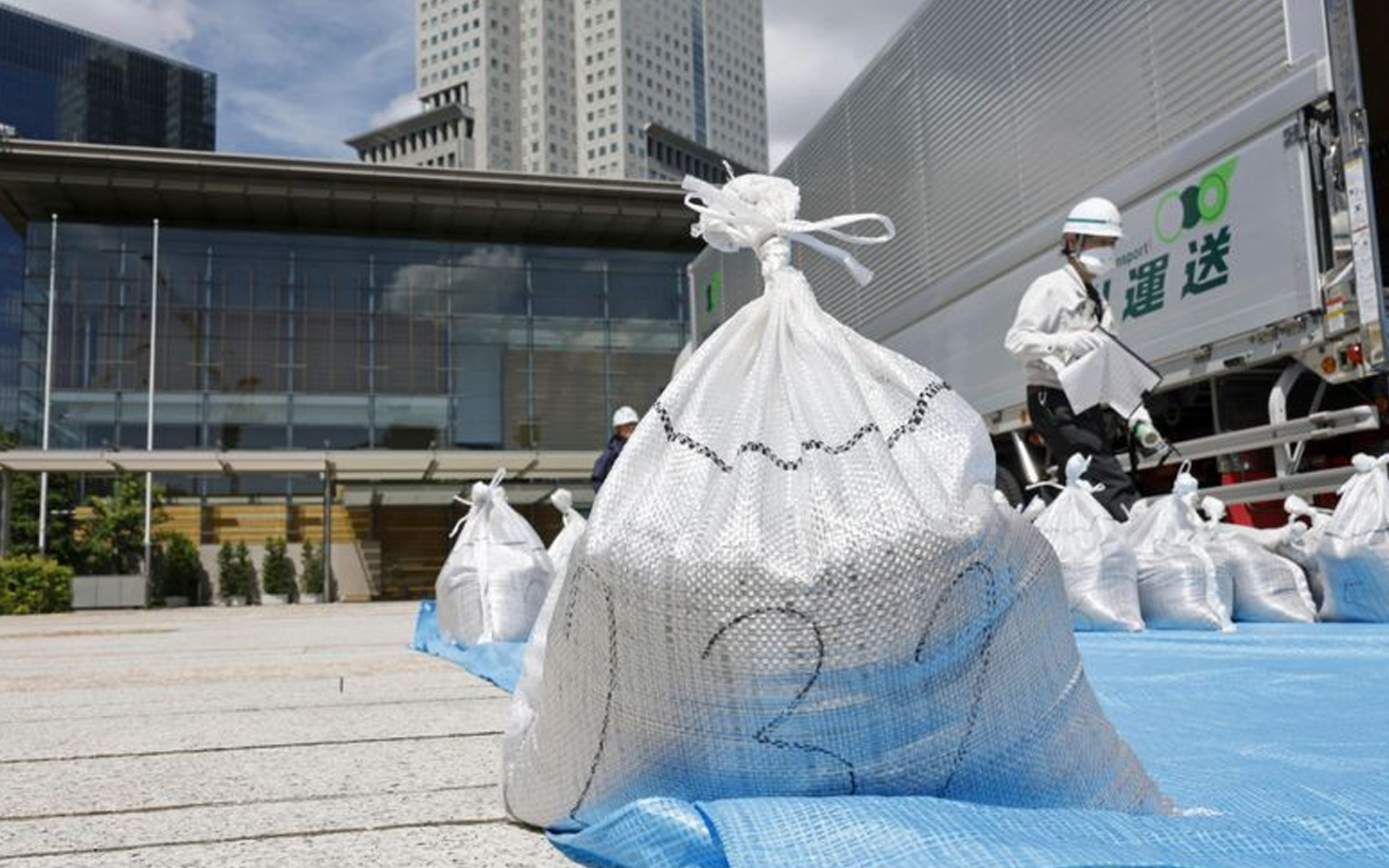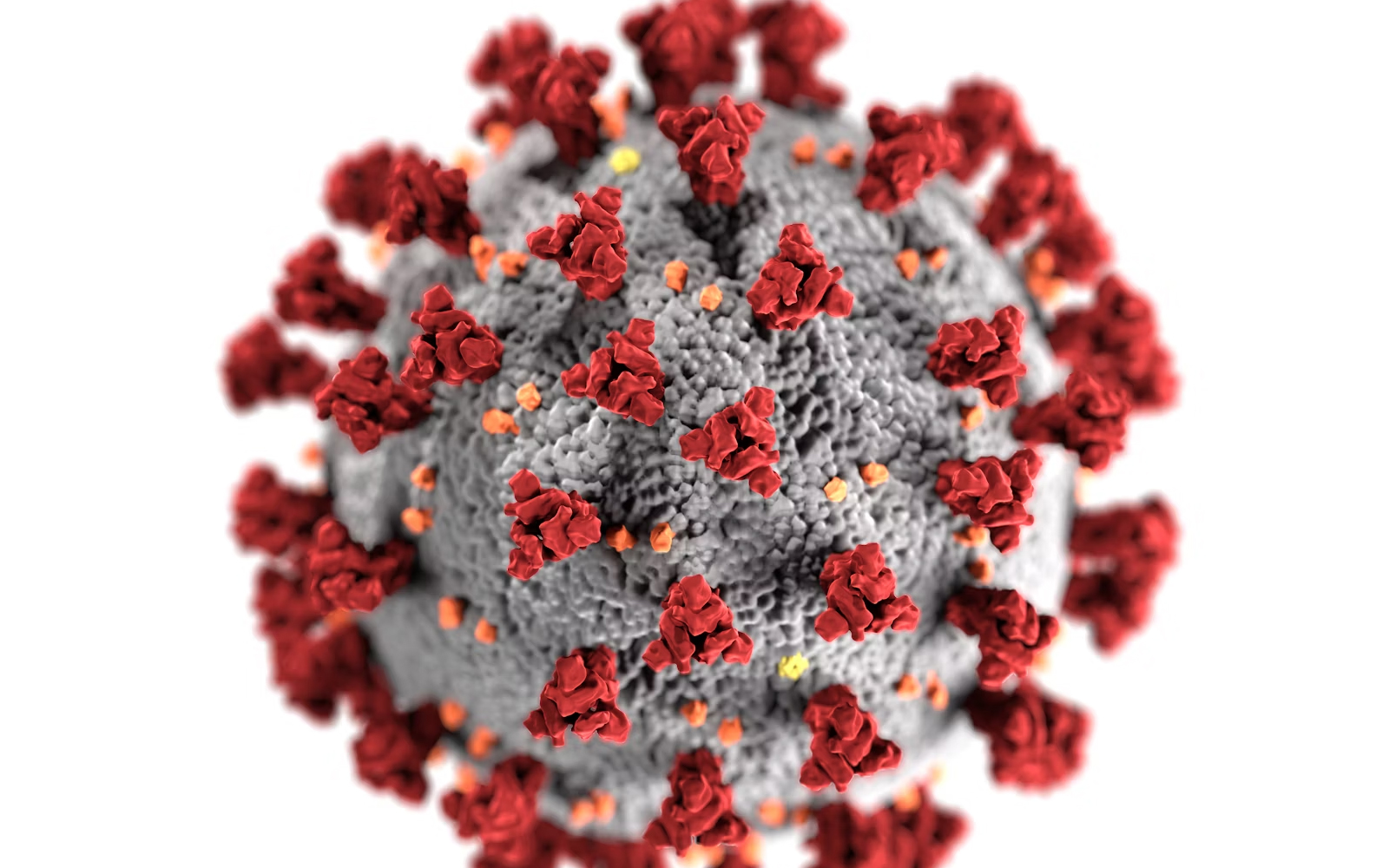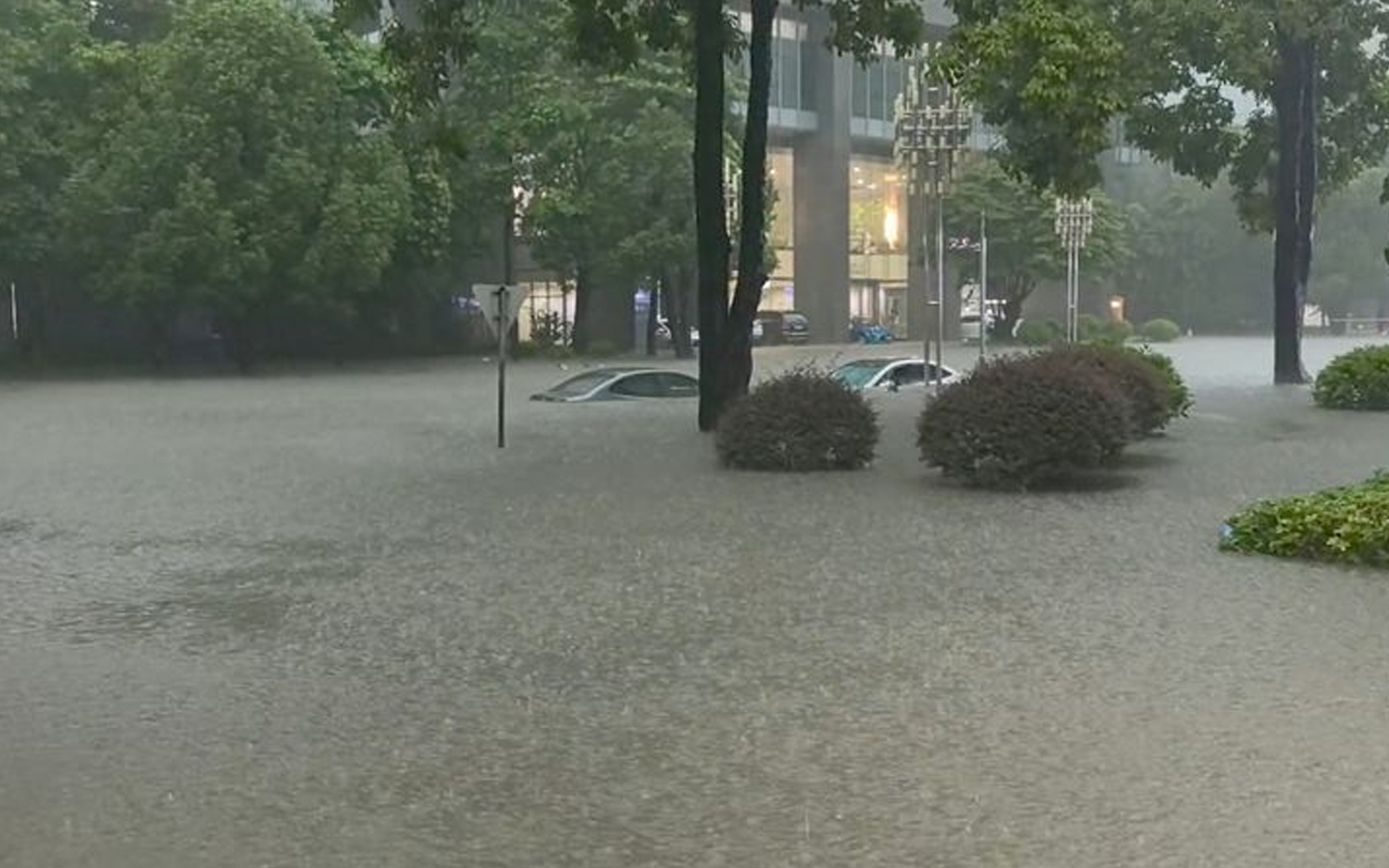
In a bid to address public worries and encourage the reuse of decontaminated materials, Japan’s government has sent numerous bags of mildly radioactive soil from the Fukushima area to the Prime Minister’s Office in Tokyo.
This soil, collected during the cleanup efforts after the 2011 nuclear disaster, is reportedly set to be used in flower beds around government buildings, as reported by AFP.
After the catastrophic earthquake, tsunami, and nuclear meltdown in March 2011, authorities removed the top layer of contaminated soil in Fukushima to lower radiation exposure. Since then, the government has grappled with a significant issue: what to do with the vast amounts of soil, trees, and other materials collected during the decontamination efforts. Much of this material is currently stored in a temporary facility located between the towns of Futaba and Ōkuma, close to the Fukushima Daiichi power plant. A permanent solution is anticipated by 2045.
Officials Consider Low-Level Radiation Safe
According to Japan’s Ministry of the Environment, most of the stored soil has radiation levels similar to—or even lower than—what an average person would receive from a single annual X-ray. The ministry has indicated that this soil could be safely used as a sub-layer in construction or landscaping projects, provided it is covered with a thick enough layer of clean earth to prevent radiation exposure.
Despite these reassurances, public skepticism remains high. Local protests have already led the government to scrap several pilot programs aimed at reusing this soil in parks and public spaces in and around Tokyo. Nevertheless, officials are determined to proceed with its use near government facilities as part of their communication strategy.
A Legacy of Contamination and Distrust
The Fukushima disaster was the world’s worst nuclear accident since Chernobyl in 1986, and one of only two events ever ranked at the highest level on the International Nuclear Event Scale. The release of radioactive materials from the plant triggered widespread evacuations and long-term health and environmental concerns, many of which persist today.
While the government insists the soil poses minimal risk, the symbolic placement of it near the Prime Minister’s Office is intended to build public confidence a message that not everyone is ready to accept.


